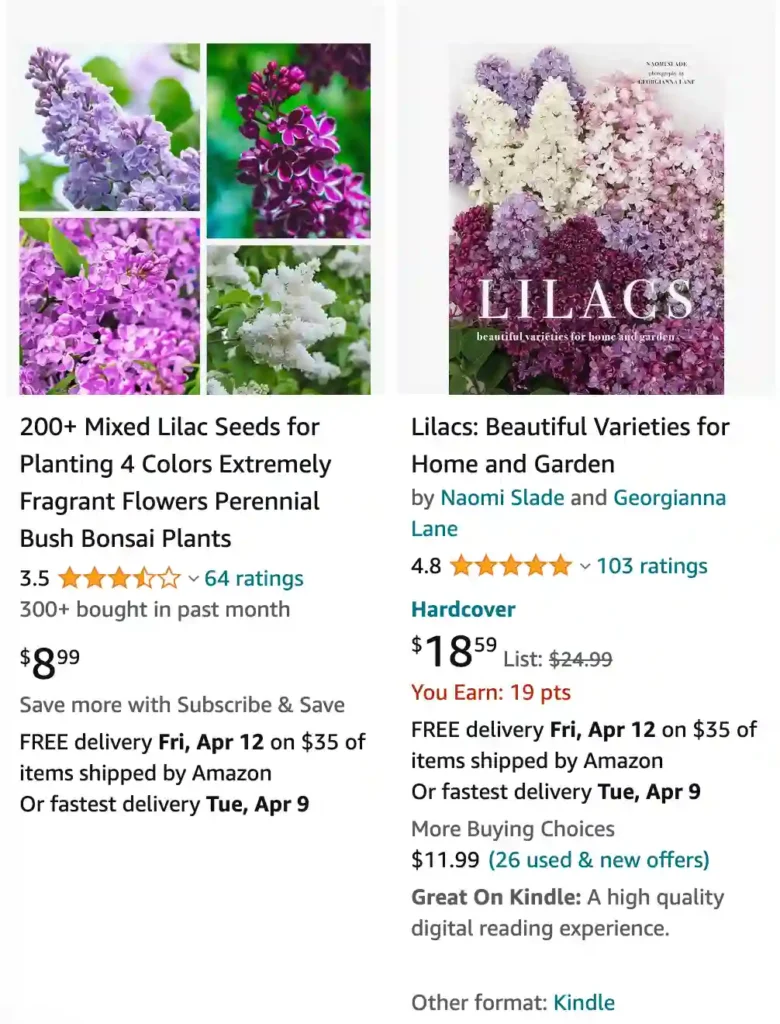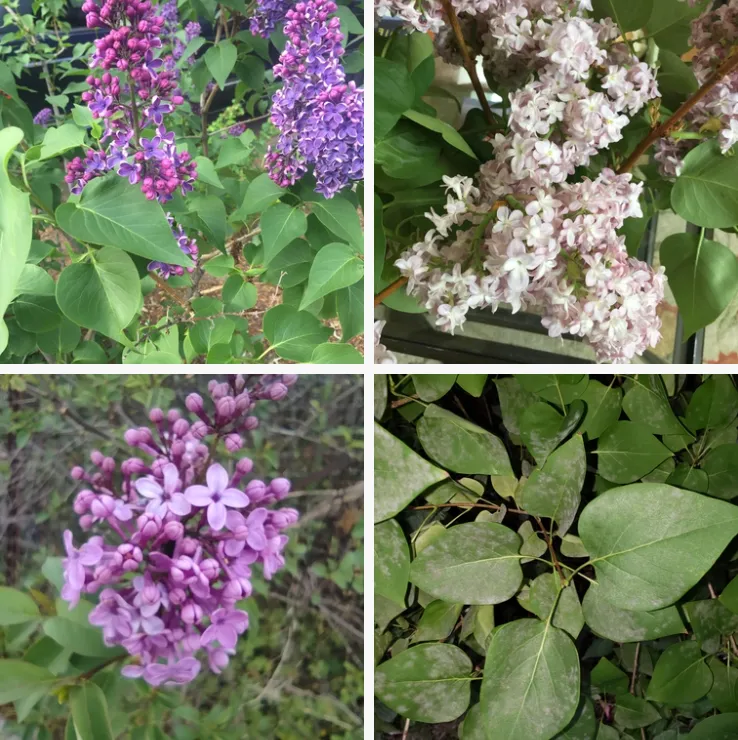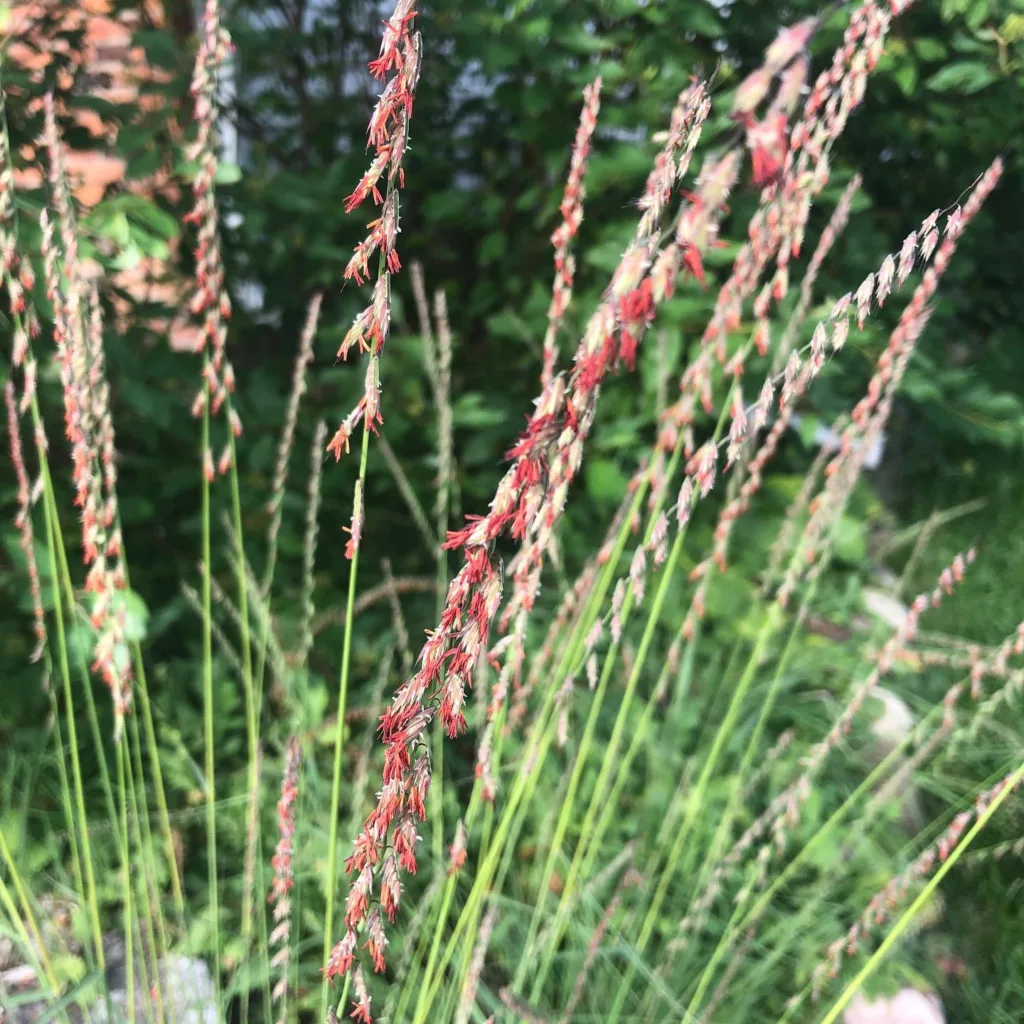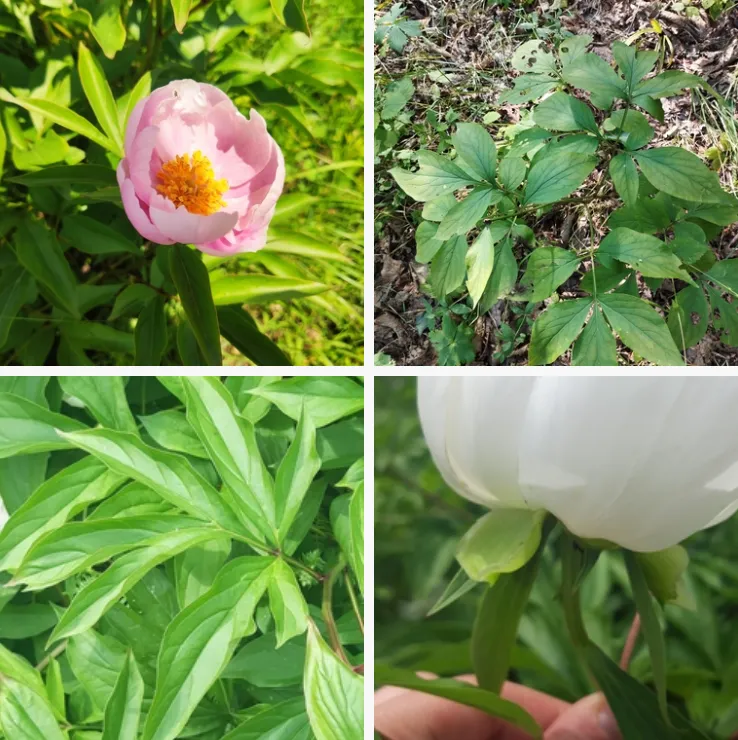
What Is a Syringa Plant?
Syringa, commonly known as lilac, is a genus of flowering plants in the Oleaceae family. These deciduous shrubs are cherished for their stunning, fragrant blooms that appear in spring. The most popular species, Syringa vulgaris, is well-known for its lavender, pink, or white flowers that create a beautiful display in gardens.
Syringa species
- Syringa emodi Wall. ex Royle
- Syringa josikaea J.Jacq. ex Rchb.
- Syringa komarowii C.K.Schneid. Plant FAQs: Syringa Komarowii
- Syringa oblata Lindl.
- Syringa persica L.
- Syringa pinetorum W.W.Sm.
- Syringa pinnatifolia Hemsl.
- Syringa pubescens Turcz.
- Syringa reticulata (Blume) H.Hara
- Syringa tomentella Bureau & Franch.
- Syringa villosa Vahl
- Syringa vulgaris L.
How to Pronounce Syringa?
The pronunciation of Syringa is straightforward once you get the hang of it. It’s pronounced as “sih-RING-uh.” The emphasis is on the second syllable, which rhymes with “sing.”
Is Syringa Evergreen?
No, Syringa is not evergreen. These plants are deciduous, meaning they lose their leaves in the fall and regrow them in the spring. The beauty of Syringa comes from its vibrant floral display rather than its foliage.
What Does a Syringa Flower Look Like?
Syringa flowers are quite distinctive. They form dense clusters of small, tubular blossoms that can be purple, lavender, pink, or white. The flowers have a delightful fragrance that is often described as sweet and floral, making them a favorite for gardeners and floral enthusiasts alike.
Can You Grow Syringa in a Pot?
Yes, you can grow Syringa in a pot, although it’s less common. Container gardening is a good option if you have limited space or want to move the plant around. Ensure the pot is large enough to accommodate the root system, and use well-draining soil. Be prepared to water more frequently and provide adequate sunlight.
How to Plant Syringa?
Planting Syringa requires some basic steps:
- Choose the Right Spot: Select a location with full sun to partial shade. Syringa thrives in well-drained soil.
- Prepare the Soil: Enrich the soil with compost or aged manure to improve fertility and drainage.
- Planting: Dig a hole twice as wide as the root ball but no deeper. Place the plant in the hole, ensuring the top of the root ball is level with the soil surface. Fill the hole with soil and water thoroughly.
- Mulch: Apply a layer of mulch around the base to retain moisture and control weeds.
When to Prune Syringa?
Pruning Syringa is best done right after the blooming period, typically in late spring or early summer. This timing helps avoid cutting off next year’s flower buds. Remove any dead or diseased wood, and thin out the center to improve air circulation and reduce the risk of fungal diseases.
Are lilacs poisonous to cats?
Absolutely love having lilacs in the backyard every spring! Their scent is intoxicating, and they add a beautiful pop of purple. But since I adopted Mittens, I learned to be extra cautious about plants. I did some research and was relieved to find out common lilacs are safe. Mittens loves to bat at dangling leaves, so I keep an eye on her around the bush. But so far, she seems more interested in chasing butterflies than nibbling on flowers.
Is lilac poisonous to dogs?
Lilacs are such a classic garden plant, and the blooms always make me smile. Luckily for us dog-lovers, they seem to be perfectly safe for our furry friends! My golden retriever, Buddy, used to think it was the best game to try and snag a low-hanging lilac blossom right off the bush. While it never had any negative effects, I always worried about him eating too much plant material, so I did my best to discourage him. Turns out my worries were unnecessary when it comes to the lilac itself!
Are lilacs edible?
I always get so excited when lilac season arrives because it means spring is truly here! The smell and color are just perfect. One year, I got curious and decided to see if lilacs were edible as those blooms looked so tempting! I found out they are, but personally, I wouldn’t recommend trying them. The taste, while floral at first, is bitter and doesn’t make for a pleasant snack. I’ll stick to admiring their beauty from afar!
Do deer eat lilacs?
Lilacs have always been a safe bet in my garden. Their strong smell seems like a good deterrent, but you can never be too sure with deer! For the most part, my lilacs have been left in peace; they are some of the fullest bushes in the yard. However, one very harsh winter, I saw some nibbling on the lower branches. That was the year I decided to build a little fence around my prized shrubs. I guess even the delicious smell of lilac can’t keep away a truly hungry deer!
What colors go with lilac?
I absolutely adore lilac! It’s such a calming and romantic color that adds a touch of whimsy to any space. I’ve experimented a lot with incorporating lilac into my wardrobe and home decor. For a soft, classic look, I love pairing lilac with pale pinks or creamy whites. But it can be really fun to play with unexpected contrasts, too! Pairing lilac with a jewel-toned emerald green or a bright pop of yellow adds a modern, fresh twist.
What does lilac smell like?
Lilacs hold a special place in my heart, and much of that is due to their intoxicating scent. To me, it’s the smell of spring and new beginnings. The aroma is so unique – sweet and floral, but not cloyingly so. There’s a hint of spice and a touch of something almost honey-like. I always take an extra moment to inhale deeply when I walk past a lilac bush in bloom; it always puts a smile on my face.
How to pronounce lilac?
Lilac can be a bit of a sneaky word to pronounce! I used to think it was “LIE-lack” and it took some time to unlearn that. The correct pronunciation is actually “LY-luhk” with a soft “uh” sound at the end. It almost sounds like you’ve started to say “lilac” and then cut yourself off halfway through! Now that I’ve said it out loud a bunch of times, it feels more natural.
When are lilacs in season?
The beautiful blooms and sweet fragrance of lilacs always signal the start of my favorite time of year! In my area, lilacs generally bloom in late spring, usually around May. It’s a short-lived but vibrant burst of color, so I make sure to savor it while it lasts. Sometimes you can even get a small second bloom in late summer, especially if you deadhead the first round of flowers!
Are lilacs invasive?
Unfortunately, some lilac varieties can be invasive. Common lilac (Syringa Vulgaris) is especially notorious for spreading and taking over natural areas. They can form dense thickets and displace native plants, causing problems for the local ecosystem.
However, there are less invasive options! Japanese tree lilac (Syringa Reticulata) is a popular alternative that tends to stay better contained.
If you’re planting lilacs, it’s important to choose varieties carefully and take steps to control any spreading.
Do hummingbirds like lilacs?
While hummingbirds love bright, tubular flowers, lilacs don’t seem to be a top favorite. Lilac flowers are tightly clustered and can be difficult for hummers to access the nectar inside. I’ve seen the occasional hummingbird check out my lilac bushes, but they usually move on pretty quickly to other plants in the yard that offer a more plentiful and easier meal.
How to fertilize lilacs?
Lilacs are pretty low-maintenance, but a little fertilizer in early spring can really give them a boost for the best blooms! I like to use a balanced fertilizer, like a 10-10-10 formula. Before the new growth starts, I gently sprinkle the fertilizer around the base of my lilac bush, making sure to keep it a few inches away from the trunk. After that, a good watering helps it soak into the soil. Now my lilac is all set for a season of beautiful, fragrant blooms!
How to make lilac syrup?
I recently had the chance to try lilac syrup in a fancy coffee drink, and it was absolutely delicious! I was inspired to try making my own at home while the lilacs were blooming. It’s surprisingly easy – all you need are lilac blossoms, sugar, water, and a bit of patience. I found a simple recipe online and gave it a try. The hardest part is waiting for the syrup to steep and infuse with the delicate lilac flavor. While I’m no barista, using my homemade syrup in a latte was a delightful treat!
Lilac vs Lavender
When comparing lilacs to lavender, I find that lilacs have a more robust, sweet fragrance that fills the whole garden, while lavender’s scent is more subtle and calming, making it perfect for a relaxed atmosphere.
Lilac vs Blue Ragdoll
Lilacs and Blue Ragdoll plants offer different appeals—lilacs have a classic, nostalgic charm with their dense clusters of flowers, whereas Blue Ragdoll’s striking blue foliage adds a unique, modern touch to the garden.
Lilac vs Butterfly Bush
In my experience, lilacs have a richer, more traditional scent compared to the butterfly bush, which, though less fragrant, attracts butterflies with its vibrant, long-lasting blooms.
Lilac vs Wisteria
Lilacs are more compact and manageable in size compared to wisteria, which, while spectacular with its cascading blooms, can become quite invasive and requires a lot of space and support.
Lilac vs Periwinkle
I’ve noticed that lilacs deliver a more intense, floral fragrance and larger blooms compared to periwinkle, which offers a modest, pleasant scent and is better suited for ground cover in shady areas.
Lilac vs Hyacinth
Lilacs tend to have a stronger, more enduring fragrance and larger flowers, while hyacinths provide a punchier burst of scent in a shorter time, making them ideal for a temporary floral display.
Lilac vs Hydrangea
Lilacs bloom once a year with a delightful scent, whereas hydrangeas offer long-lasting blooms and varying colors throughout the season, which makes them more versatile in garden design.
Lilac vs Persian Lilac
Persian lilacs have a similar fragrance to regular lilacs but with a more delicate and less overpowering scent, and their smaller size makes them a good choice for smaller gardens.
Lilac vs Crepe Myrtle
Lilacs have a spring bloom period and a sweet scent, whereas crepe myrtles provide a longer blooming period in summer and come in a range of vibrant colors but lack the strong fragrance of lilacs.
Lilac vs Jasmine
Lilacs bring a burst of fragrance in the spring, whereas jasmine’s scent is more subtle but lingers longer, making jasmine a better choice for extending the fragrant season into summer.
If i die, water my plants!



